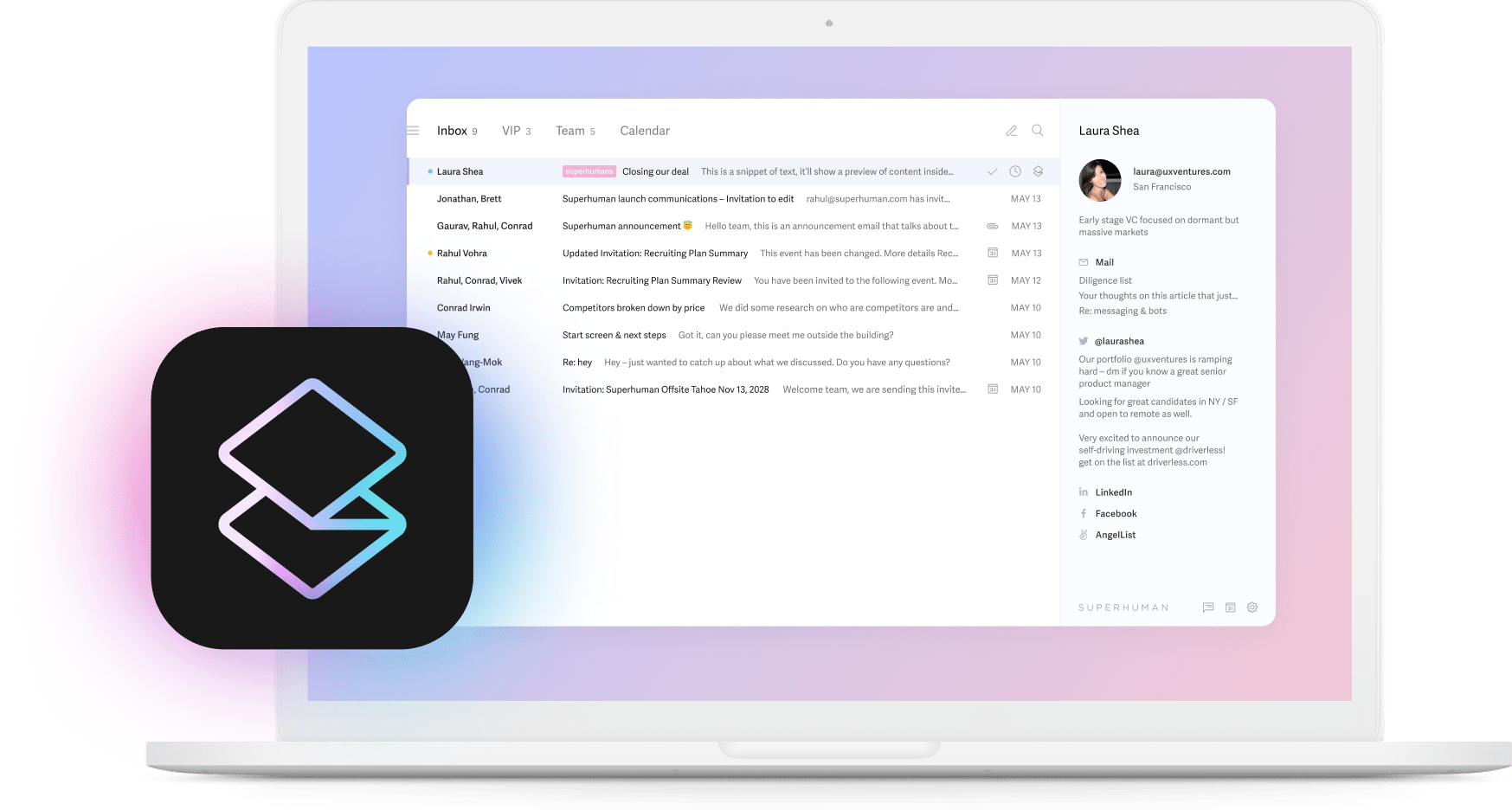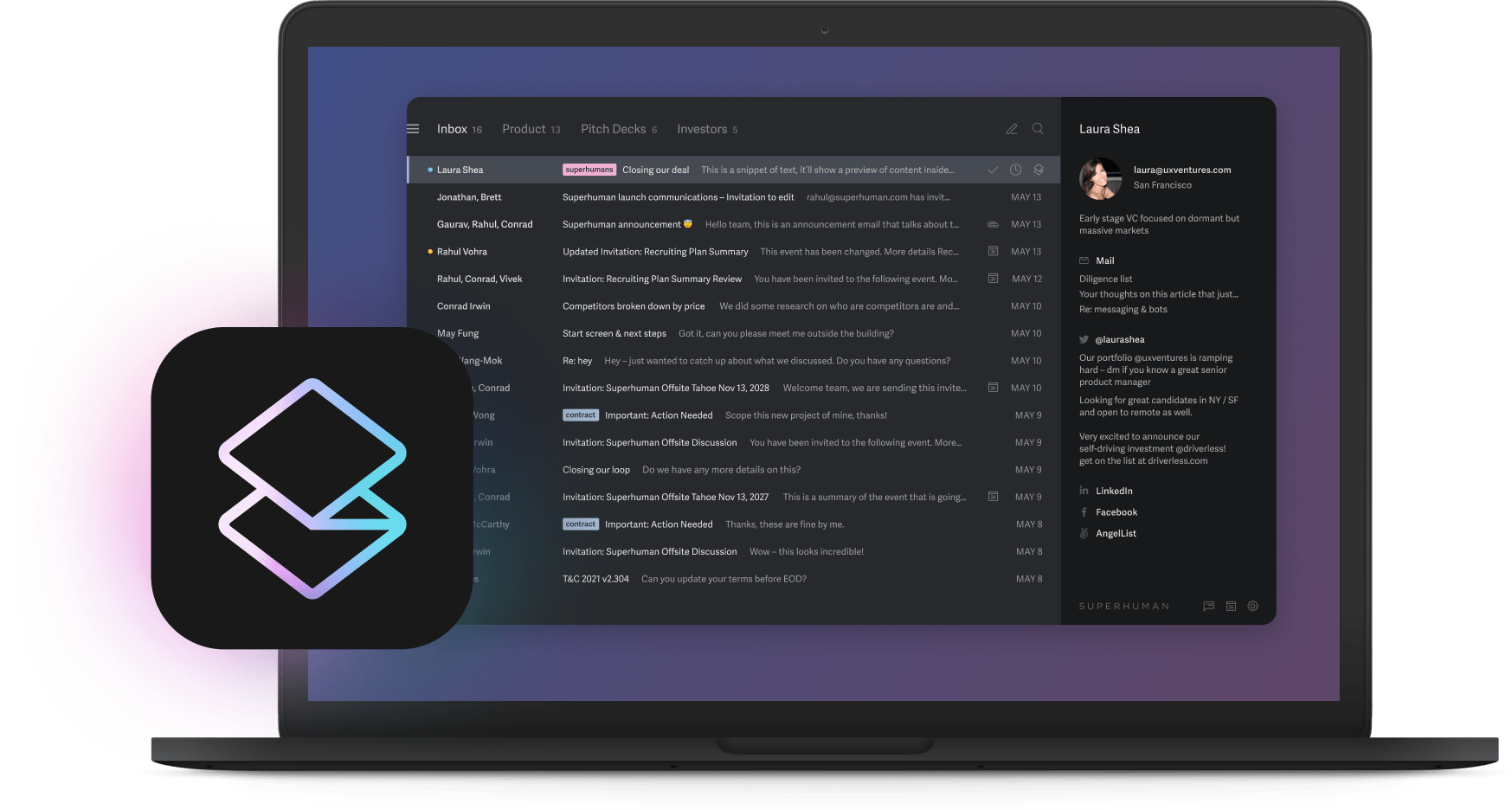
In the age of remote work, team building and office wellness initiatives are harder to organize — and harder to pull off successfully. With so many workforces now hybrid or distributed, you may be wondering how best to promote employee health and well-being.
Here's the good news: office wellness challenges — wellness initiatives that "challenge" employees to participate through competition, rewards, or other motivating factors — can still be beneficial to your team, and they can still work even when everyone isn't together in the same building. There are some new challenges to account for — both because of remote work and because a modern wellness challenge needs to be inclusive and accessible. But with the right strategies in place, you can plan and execute an office wellness challenge that will truly benefit your team. Here's what you need to know.
Are office wellness challenges actually beneficial?
Maybe your team can't stand the idea of joining another pizza party on Zoom — that's understandable! Some workplace wellness challenges and initiatives can feel cheesy or even forced, especially if it's difficult to connect the activity to a benefit it provides your team members. As anyone who has gotten invites to multiple Zoom coffee hours can attest, a good wellness initiative needs to provide more than a simple remote social event — even though that's challenging in the remote age.
There's so much data that shows how much an effective wellness program (hold the virtual pizza party, please) can benefit teams. Effective programs go beyond simple social events. They're also created with employees' wants and needs in mind, so they feel more like a perk, and less like forced fun.


Some of the most compelling evidence in favor of wellness challenges comes from studies that show that well-organized initiatives that are based on behavioral change models actually do tend to improve employee health behaviors. What do we mean by employee health behaviors? Healthy sleep and reduced work stress, plus everything in between: healthy diet, smoking cessation, moderation of alcohol intake, and more.
One recent study of 1,800 employees who participated in a 2-year work wellness program showed increases in exercise, more regular servings of fruits and vegetables, better sleep, less smoking, and less consumption of alcohol among the participants by the end of the second year. Employees in the study also reported that by year 2, they were less stressed and more satisfied with their health.
Here are even more reasons wellness challenges can be so great for teams…
Wellness challenges promote teamwork and cooperation
If you plan wellness challenges that have your team working toward a common goal, they're likely to foster a sense of teamwork and cooperation among your employees. Even if there's an element of friendly competition involved, wellness challenges help employees build relationships and camaraderie with one another.
Wellness challenges reduce stress and burnout
As we've seen, employees report lower levels of stress and depression after 2 years of taking part in a corporate wellness program. Multiple studies point to effective wellness programs as a way for employees to find better balance in their lives, especially when it comes to managing stress.
As an added bonus, one recent Harvard study showed that long-term employee wellness programs tend to reduce absenteeism in employees so much that companies saved $2.73 in lost productivity for every $1 they invested into employee wellness.
Wellness challenges save money on healthcare costs
Companies that implement good wellness programs can expect to see a return on their investment in a number of ways, including reduced costs for employee healthcare. And wellness challenges can be a fun addition to your company's overall wellness program.
The same Harvard study that explored the links between wellness programs and absenteeism also looked for other financial impacts — and found that for every $1 companies invest in effective, long-term wellness programs, they can expect to save $3.27 on healthcare costs. The best returns came from comprehensive programs implemented by organizations that specialize in providing wellness benefits to companies — in other words, an occasional work-sponsored healthy lunch isn't going to produce the same benefits. But that doesn't mean there's no benefit to even occasional wellness challenges — and the research helps show that the time, effort, and cost of running wellness programs are likely to be outweighed by the benefits. That's a win-win for both employees and organizations.
Wellness challenges help employees feel valued
Like any benefit, a wellness program adds value to what your employees get out of being a part of your organization. We know that many workers are motivated by more than just their pay — one survey showed that employees who felt like their employer-provided benefits positively affected their lives were 40 percent more likely to say they were loyal to the company.
In addition to boosting employee morale, these effects can also help your organization when it comes to recruiting and retaining employees. Research shows that wellness programs aren't as big of a factor as benefits like insurance and retirement contributions, but a 2014 study by Virgin Pulse and Workforce showed that 87 percent of potential employees consider wellness offerings when choosing an employer or comparing offers.
How to plan inclusive, accessible wellness challenges
Today, we know how many barriers people can face when trying to implement healthier habits. Certain types of exercise may not be possible for team members who experience physical limitations. Fresh produce and other healthy foods are often more expensive than fast food or processed goods. Even having the free time to cook healthy meals at home is a privilege that many people don't have.
That's why, when choosing office wellness challenges, it's so important to try to create inclusive, accessible challenges that remove as many of those barriers as possible. It's also a good practice to avoid challenges that might interfere with employees' work-life balance. Whenever you can, give your employees opportunities to participate during paid work time. Provide them with any supplies they need to take part in a challenge. Most importantly, all wellness challenges should be 100% optional. Employees should never be punished or excluded for not being able to participate — or for simply choosing not to.
Some good practices for any wellness challenge: make it as easy as possible to participate, and reward effort, not 100% compliance. In other words, even if an employee needs to modify a challenge or only participate partway, that's still a win! It's also important to keep in mind that workplace wellness programs should encourage employee engagement in wellness activities and healthy behaviors, but you should avoid weight loss challenges — healthy living won't necessarily translate directly into weight loss, and some employees don't need or want to lose weight, even if they have other wellness goals.
If you do have employees who want to lose weight and you care about supporting those goals, it is best to connect with professionals who can provide them with the guidance they need and weight loss medication if necessary. But remember, you don't want to turn their personal weight loss goals or the office wellness challenge into a new pressure.
While the list of ideas below should provide a great starting point, keep in mind that when choosing wellness challenges, it's easy to just ask your team what they'd like to do! Send out a survey to the team about their preferences, activities they're excited to try, and their own ideas for types of challenges to try. Not only does this help you choose inclusive and accessible challenges, but it involves the entire team in the planning process so they're more excited to participate.
17 impactful office wellness challenge ideas to try
To reap the most benefits, try to implement a variety of different challenges at different times, focusing on various aspects of wellness: physical, nutritional, mental, social, and more.
Physical and fitness challenges
- Encourage employee health screenings
We should all be getting a yearly physical, also known as a preventative health examination or PHE. These appointments help us keep tabs on our overall health, screen for diseases, and monitor health risks that might lead to disease later on. However, only about one in 5 American adults actually schedules their annual physical. One wellness challenge to consider is incentivizing your employees to schedule and attend an annual PHE, which should be covered by their health plan.
How to adapt this challenge for a remote or hybrid workforce: There's no need to adapt this one — employees can schedule their exams with their regular doctors, wherever they live.
- Prioritize rest and better sleep
Getting enough rest is a vital part of overall wellness. Consider challenging your employees to allow for a minimum of 7 hours of sleep each night, or even set aside time for rest during the day. Along with the challenge, provide some resources to help employees learn about the benefits of getting enough sleep, and how to practice good sleep hygiene to help increase their sleep quality.
How to adapt this challenge for a remote or hybrid workforce: Remote and hybrid employees spend a lot of time in front of screens, which can disrupt their sleep patterns. Consider supplying employees with tools that can help mitigate these effects, like blue light glasses or f.lux, software that reduces the blue light emitted from device screens.
- Stay hydrated
Many of us don't drink enough water throughout the day. Encourage better hydration by challenging your team to up their water intake. Encourage participation by supplying employees with a company-branded water bottle or a subscription to a hydration tracking app!
How to adapt this challenge for a remote or hybrid workforce: Employees should be able to drink water no matter where they're working. But it doesn't hurt to provide some extra encouragement by sending out company branded water bottles they can keep at their desks. You can also schedule automated reminders via Slack or email to help employees remember to refill their water throughout the day.
- Exercise every day
Avoid challenges that dictate employees do a certain type of exercise — for example, don't dictate a walking challenge where team members have to get 10,000 steps each day, as this can exclude employees who have physical limitations. Instead, challenge your employees to complete 20-30 minutes of their favorite type of exercise each day, and combine the challenge with educational materials about how regular exercise fits into an overall healthy lifestyle.
How to adapt this challenge for a remote or hybrid workforce: It can help to offer stipends for workout equipment, gym memberships, or fitness classes. You can also share home workout videos with your team throughout the course of the challenge to help them participate from wherever they are.
- Stretch during the workday
Health experts have been sounding the alarm for years that sitting for hours each day can be detrimental to our health. For remote workers, it's even easier to get in the habit of sitting for long stretches — I'm certainly guilty of this when I choose to spend my afternoons working from the couch. Challenge employees to incorporate stretching into their workday at regular intervals, and include a variety of different stretches that target different parts of the body.
How to adapt this challenge for a remote or hybrid workforce: Invite team members to use their fitness app of choice to track their stretch breaks, and send out tutorial videos for different types of stretches (YouTube has many available for free).
- Take care of mental health
Mental health is an important part of overall physical health. Challenge your employees to prioritize their mental health by offering scheduled mental health days or stipends for self-care activities.
How to adapt this challenge for a remote or hybrid workforce: Include benefits for mental health telehealth visits so your employees can access care no matter where they live and work.
Nutrition challenges
- Eat fruits and vegetables
Challenge employees to adjust their eating habits to get the recommended 5 daily servings of fruits and vegetables. You can even make this a competition by offering a point for each serving and awarding prizes to team members who collect the most points.
How to adapt this challenge for a remote or hybrid workforce: Not much is needed to adapt this challenge, as team members should be able to eat fruits and veggies no matter where they live! Make this challenge extra accessible by providing every team member who participates with a grocery delivery gift card, to ensure they can access and afford fresh produce for healthy eating.
- Eat breakfast every day
Breakfast is the most important meal of the day, but so many of us are still guilty of skipping it on a regular basis (myself included!). Challenge your team to eat breakfast every day, and award a point to each team member for each day they practice this healthy habit.
How to adapt this challenge for a remote or hybrid workforce: Team members should be able to eat breakfast no matter where they live and work. Keep this challenge extra accessible by not placing any rules or limits around what people need to eat for breakfast — anything from a piece of fruit to some of last night's dinner leftovers is acceptable.
- Prepare meals at home
Meals made at home are often healthier than meals from restaurants. Encourage your team to cook more meals at home by making a challenge out of it, and awarding points for every meal they cook from scratch.
How to adapt this challenge for a remote or hybrid workforce: Not everyone has the time, knowledge, or skills to cook from scratch. Consider kicking off this challenge by offering your team a free virtual cooking class where they can learn to make some simple, delicious meals.
- Eat less meat
Meatless Mondays are already a popular social media challenge — why not make them an office wellness challenge, too? Encourage your team to cut meat out of one meal or one day a week, and award points for meatless meals they eat.
How to adapt this challenge for a remote or hybrid workforce: Create a Slack channel where participants can share recipes and photos of their meals.
Social challenges
- Show gratitude
Challenge your employees to make a more conscious effort to show gratitude to their co-workers.
How to adapt this challenge for a remote or hybrid workforce: Explore software that allows team members to send one another perks as "thank you's". HeyTaco! is a great on for Slack — team members can send one another taco emojis as a public display of gratitude, which can later be redeemed for prizes.
- Volunteer
Create a challenge that rewards employees for volunteering their time and skills to a charitable organization or someone in need.
How to adapt this challenge for a remote or hybrid workforce: Encourage team members to volunteer at any organization of their choice in their area, and give them a space (like a dedicated Slack channel) for sharing resources for allyship. Or, arrange to donate work, then ask for volunteers to join the project virtually.
- Get to know more co-workers
Especially in larger organizations, it can be tough to get to know everyone you work with. Challenge employees to spend time getting to know someone new at work, even if it's just a quick chat over lunch or a coffee.
How to adapt this challenge for a remote or hybrid workforce: Apps like Donut use Slack to randomly pair coworkers for a virtual hangout. Even a 15-minute chat over coffee can help foster a better sense of belonging on a distributed team.
- Mentor a peer
According to Halo, 9 in 10 workers who have a career mentor report being happy in their jobs. Mentoring helps build connections between coworkers, foster collaboration and growth, and create loyalty and long term job satisfaction. Challenge your more senior employees to take on a younger or newer employee and mentor them. Consider providing incentives for employees who seek out a mentor or mentee.
How to adapt this challenge for a remote or hybrid workforce: At hybrid or remote companies, being a new employee can feel extra isolating, which can make this challenge even more impactful. Encourage potential mentors to connect with newer employees via Slack or Zoom, or add a Slack channel specifically for employees who are seeking a mentor or mentee.
Group challenges
- Sponsor a charity
To maximize the impact of your organization's charitable giving challenges, decide on a single charity that your entire team can sponsor together. Then, host a fundraiser, donation drive, or online outreach event.
How to adapt this challenge for a remote or hybrid workforce: Choosing a large national or international organization allows everyone on the team to support a single charity. Encourage team members to spread the word on their social media to help get even more support.
- Start a club
Whether it's reading, biking, cooking, public speaking, playing a sport — there are likely people on your team who have shared interest. Encourage them to start clubs to build stronger relationships with their co-workers through a shared activity.
How to adapt this challenge for a remote or hybrid workforce: Most clubs can meet remotely using Zoom or another video conferencing program.
- Share goals and accountability
Many employees at your organization likely have personal goals that they're working toward. Another great way for offices to promote group wellness is through groups for sharing goals and accountability.
How to adapt this challenge for a remote or hybrid workforce: Accountability and goal-sharing groups can easily be moved online. Create an accountability Slack channel, or schedule a quarterly virtual goal seminar where participants can check in with one another.
Hybrid offices need hybrid-friendly wellness plans
The age of remote work has added a new layer of complexity to designing effective employee wellness plans that your team members will want to take part in. Luckily, with a little creativity, many wellness challenges can be adapted to suit a remote workforce.




